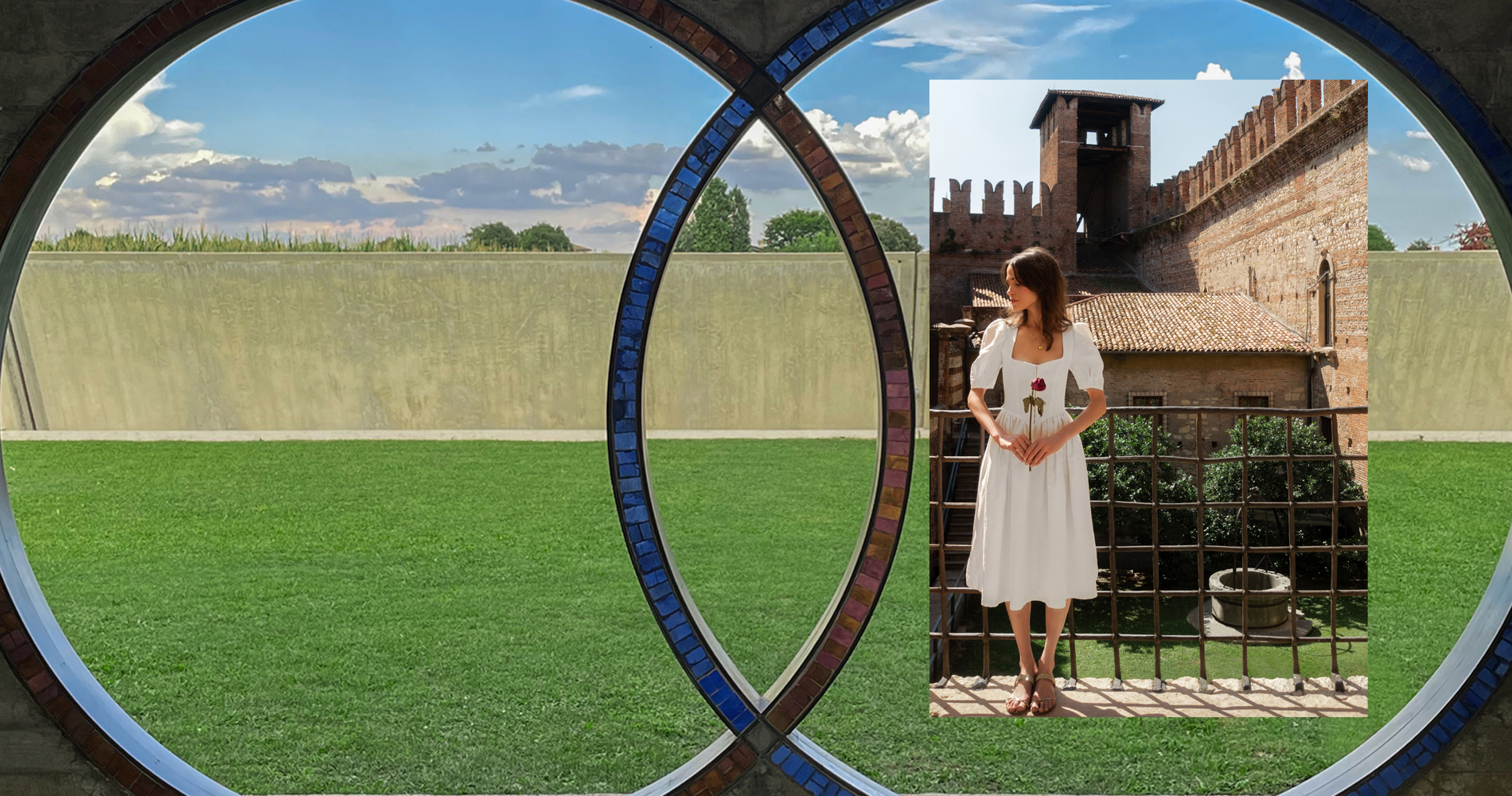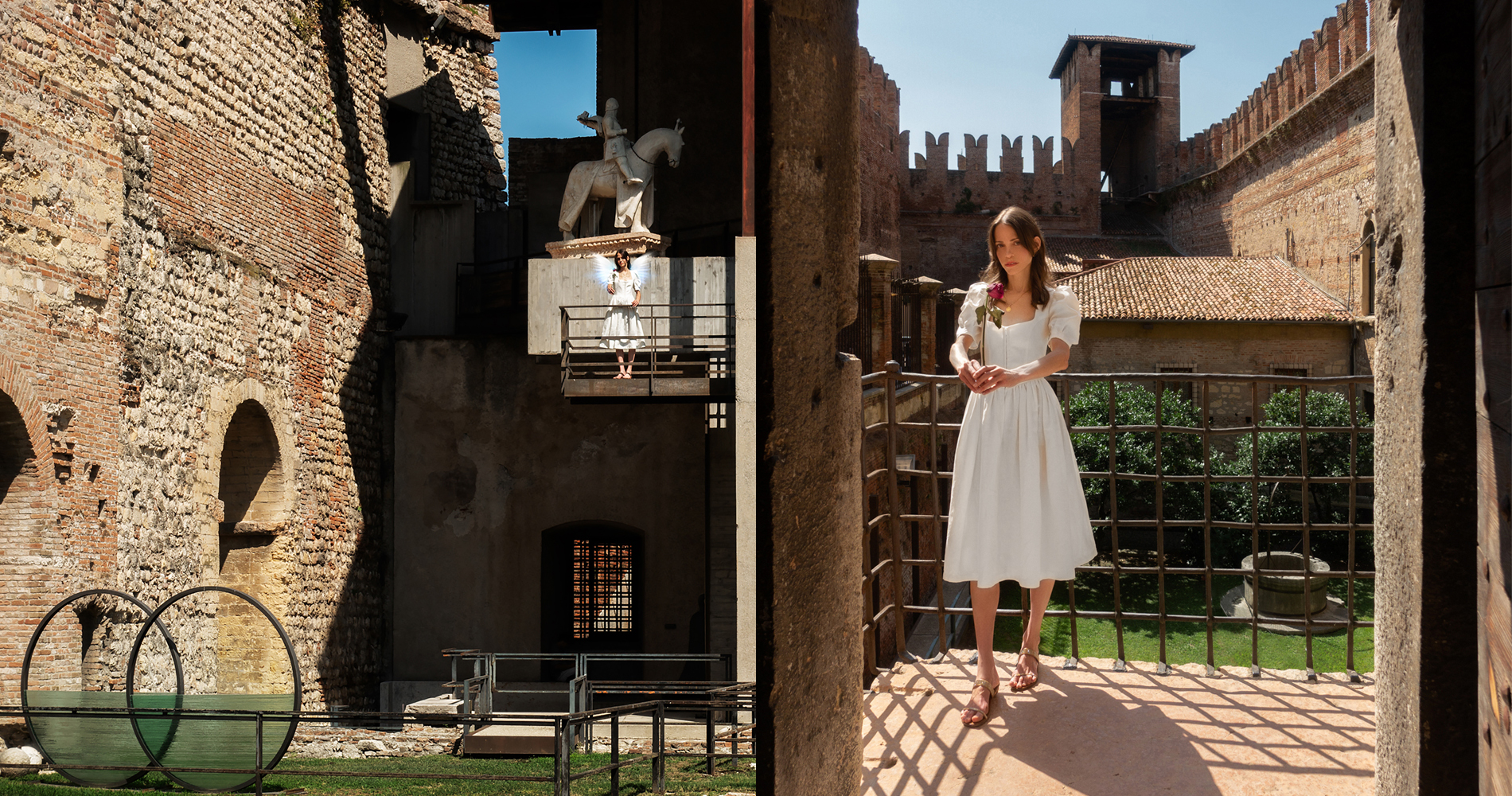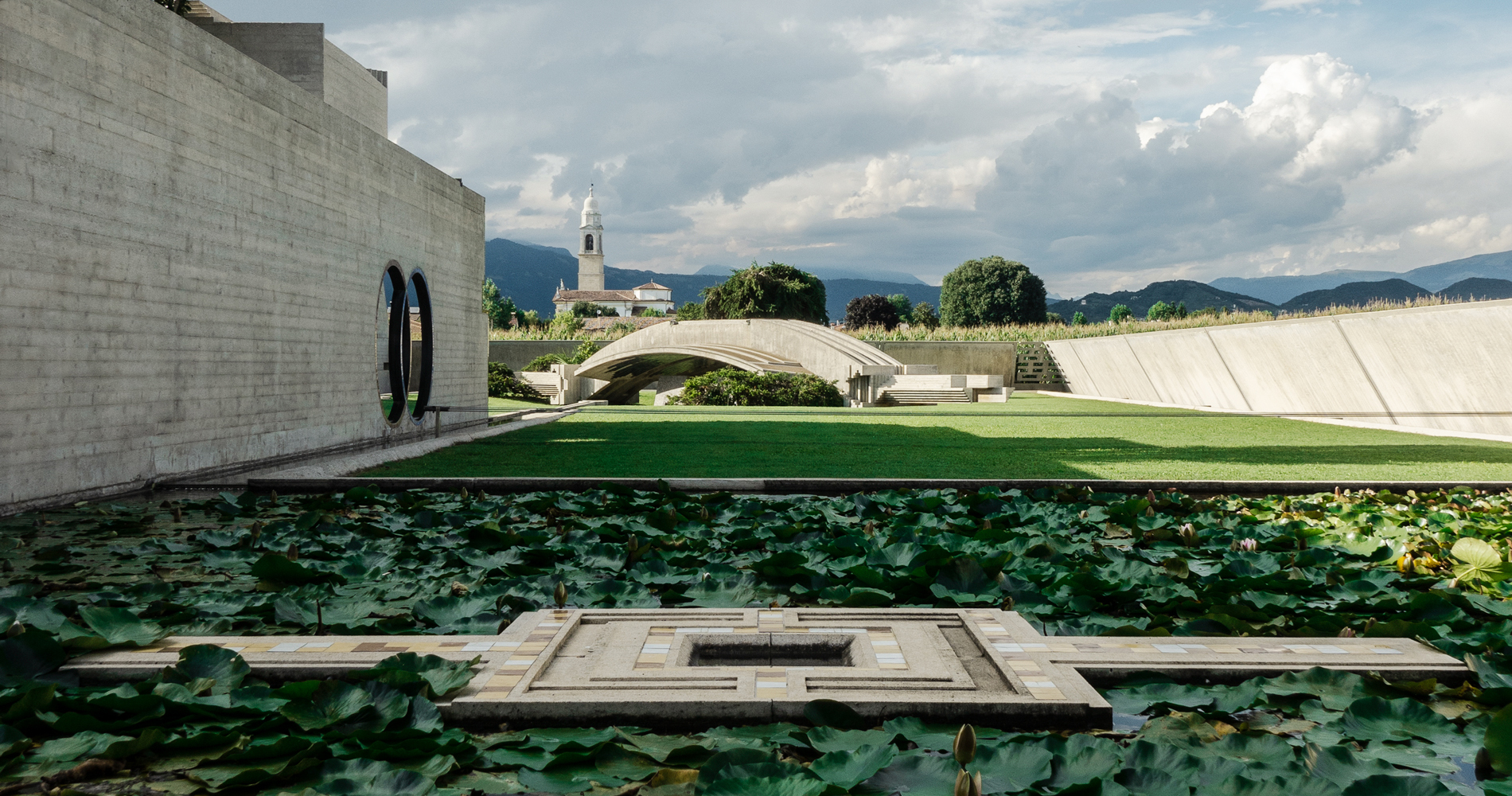Spaces that seep into you as you enter them, interlocking ribs hinged on double happiness. Everything is not everywhere, and the works of Carlo Scarpa, found here in the Veneto region should be experienced in the flesh. Nurtured on the fairy tale, a self identifying tender glass reed blowing in the wind, I orientate towards Verona. Spirit blazing for the all encompassing sensory stimulation that swirls up from the dark earth and becomes part of us. Scarpa, the Italian architect who immersed himself in the Venetian culture of his upbringing, mastering ancient craft, fusing tradition with the contemporary to such a degree that the two become inextricably intertwined. A haunting beauty grounded in the unique essence of a local place, the nature that amalgamates and fills perception with wondrous nuances, a use of materials that directly affects our imagination. All architecture should be like this, possessing an otherness which levitates.
According to Scarpa, place means the space where some rite is made manifest. In Italy the landscape is human, open yet formed. In a moment we are part of the whole, yet we still live our own separate life. Tomba Brion gave me a new lease on mine. Parallel poetry on the pavilion, I could see with rapture that the kind of glass I’m made of is flush with and backed in concrete. Materials reflect to us the truths of existence, then the sense of mass, the weight that carries the gravitas to transform and reinvent reality. Light and water make the spirit explicit, bonds cemented, tombs leaning in, water that moves ever so slightly like the quiver before a rose’s kiss.
Castelvecchio Museum in Verona, renovations by Carlo Scarpa, 1958—74;
Tomba Brion in San Vito d’Altivole, architecture by Carlo Scarpa, 1968—78;
Gioia Bini linen poplin balloon sleeve dress with classic romantic silhouette, Pedro Garía crystal pavé mule sandal with metallic heel
Photographs by Camille Marcolini-Mésenge


